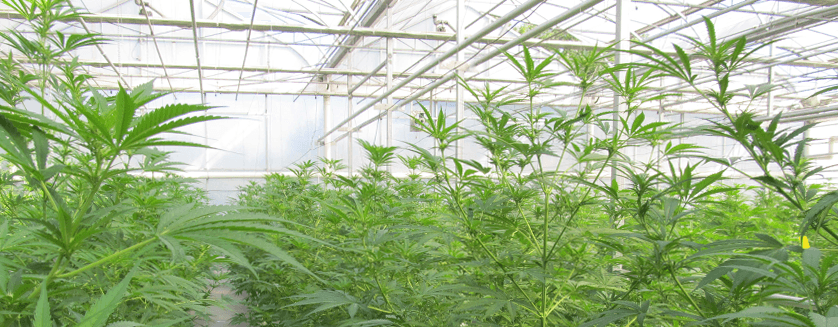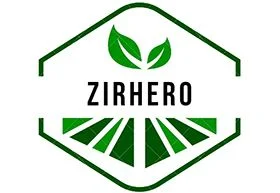For outdoor cultivating of CBD extraction plants, there are lots of limitations. For example, cross pollination, control for weeds, pests, and diseases, environmental conditions [light intensity, quality, and duration (photoperiod), temperature, air flow, and humidity] could not be managed or controlled.
Therefore, more and more people are trying to cultivate CBD-type hemp year-round under controlled environments such as greenhouses, shipping containers, buildings or warehouses.

Greenhouse
In USA many cultivators choose special hemp glass greenhouses with all accessories for hemp growing such as environment control (heating cooling ),ventilation, fertilizing,irrigation,lighting system. Many cultivators also choose film greenhouses single span or multi-span, also tunnel greenhouses include easy net tunnels.
Growing soil
Propagation substrate constituents and mixes varied and in general, peat moss (50%), perlite (30.7%), coconut coir (23.9%), field soil (13.6%), and vermiculite (10.2) were most used. To a lesser extent, other materials used included bark (3.4%), wood fiber (5.7%), and rockwool (8%) while 9.1% indicated hydroponic production.
Fertilizing
One kind of best fertilizer for all kinds of plants growing which few growers use is Enzyme Compost which is made of brown sugar peel of vegetables or fruits with water. Some natural fertilizers e.g. manures, fish emulsion, or compost tea etc are used by about 20.4% growers.
Irrigation
Water source(s) varied but over half (n = 56) indicated irrigating with well water while 20.5%, 14.8%, 10.2%, and 4.5% used either municipal, pond, reverse osmosis/deionized, or reclaimed water sources.
Nutritional monitoring of substrate pH and electrical conductivity (EC) and irrigation water pH, EC, and alkalinity allows cultivators to assess plant health and make management and corrective decisions.
Growing light
Natural daylight (72.7%) was utilized the most. Other methods also are used.
High-pressure sodium lamps, high-intensity light-emitting , supplemental or photoperiodic lighting etc. Cultivators could learn electrical lighting strategies and management techniques during hemp cultivation. Lighting research in floral crop production has improved crop quality by improving the type of desired growth [e.g. vegetative versus flowering Growth manipulation using lighting could be tested on IH cultivars to discover the effects and whether there is sufficient return on investment to merit installation of incandescent, LED, or other forms of artificial light.
Post-production issues also ranked highly included drying, harvesting/handling, and processing. Cultivar evaluation were the highest-ranking production need, followed by insect pest management strategies, disease management strategies, and fertilization. Part of the cultivar evaluation would include CBD oil production measures. Given the wide range of cultivars, multiple studies may be needed to provide adequate information to meet producer needs.

